A story of inconsistent performances
After the Second World War Sussex had to rely on an aging team, and although Sussex beat Worcestershire by nine wickets in the first match at Hove in 1946, this was just one of four wins in a disappointing season when Sussex finished bottom of the Championship. There were some individual good performances with Harry Parks scoring 1,591 runs at an average of 37.8 and Jim Langridge taking 89 wickets but for captain Billy Griffith the season was quite disheartening.
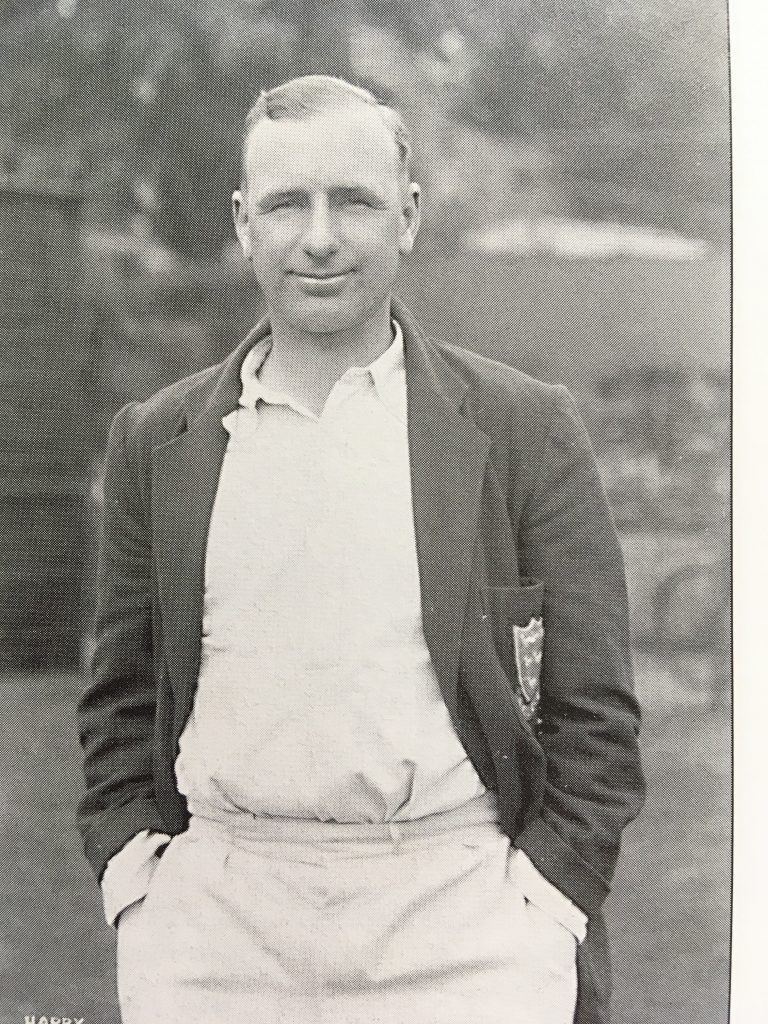
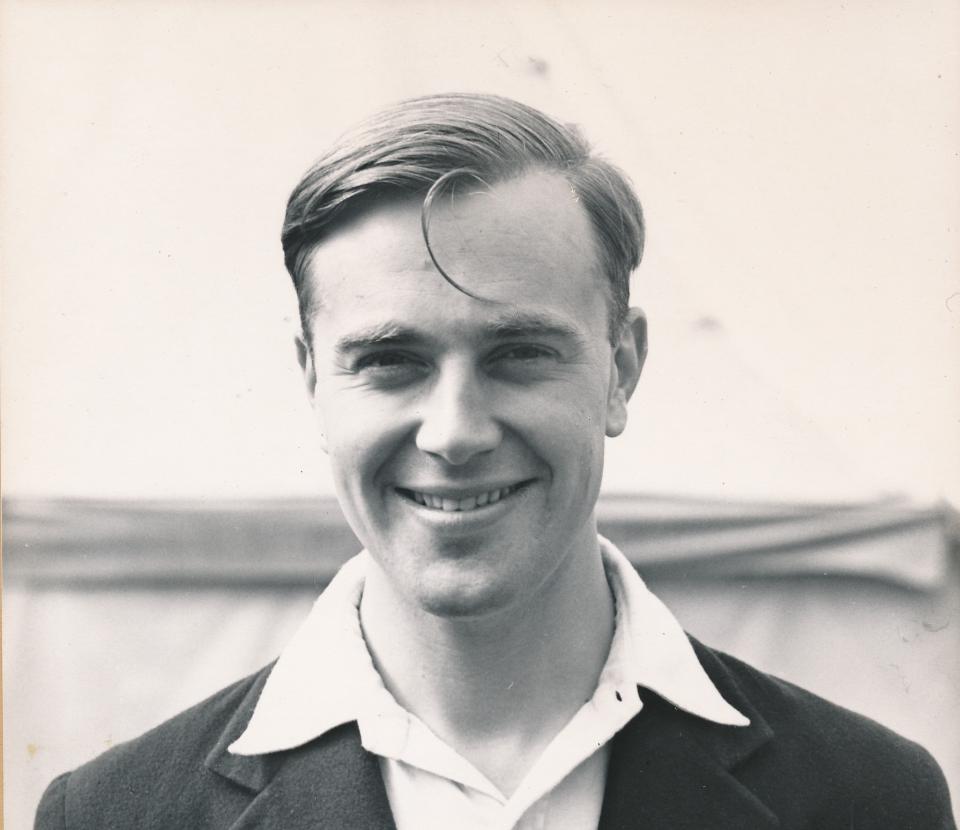
Off field arguments
When one thinks of Billy Griffith it is difficult not to think of Hugh Bartlett at the same time. The two men were together at Dulwich and then at Pembroke College, Cambridge before joining the Glider Pilot Regiment together. After the war Griffith was never the same cricketer he had been, but he retained his sense of humour throughout the season. There was a much improved performance in 1946 with nine victories, but results over the next few years were erratic. The batting was strong with John Langridge ahead of all the others, but the bowling was weak.
1950 was dominated by off-field arguments within the committee, culminating with the Duke of Norfolk resigning and walking out of a meeting following a vote of no confidence. The furore was over the committee appointing G.H.G Doggart and R.G. Hunt as joint captains to replace Hugh Bartlett. Eventually a compromise was worked out and the senior professional, James Langridge, agreed to become a ‘caretaker’ captain whilst the Duke of Norfolk was asked to remain as President. It seemed as if the running of the club mirrored that of its performance on the field.
Climbing up the table
With Jim Langridge at the helm, the club produced some good performances in 1950. There were six wins, with two sets of brothers, the Langridges and the Oakes, all making more than 1,000 runs. Over the next few seasons a number of fine youngsters were added to the 1st team, including David Sheppard in 1951 and Jim Parks in 1952.
In 1953, David Sheppard took over the captaincy and led Sussex to one of the best seasons, when they finished in second place. Although Sheppard had already decided to study for Holy Orders, he had the respect of the team by leading by example. He not only set a fine example, but his personal standards and behaviour encouraged respect.
As well as the batsmen continuing to do well, the success of the bowlers was a huge and pleasant surprise. Ian Thomson took more than 100 wickets in his first full season and A.L James also achieved 100 wickets.
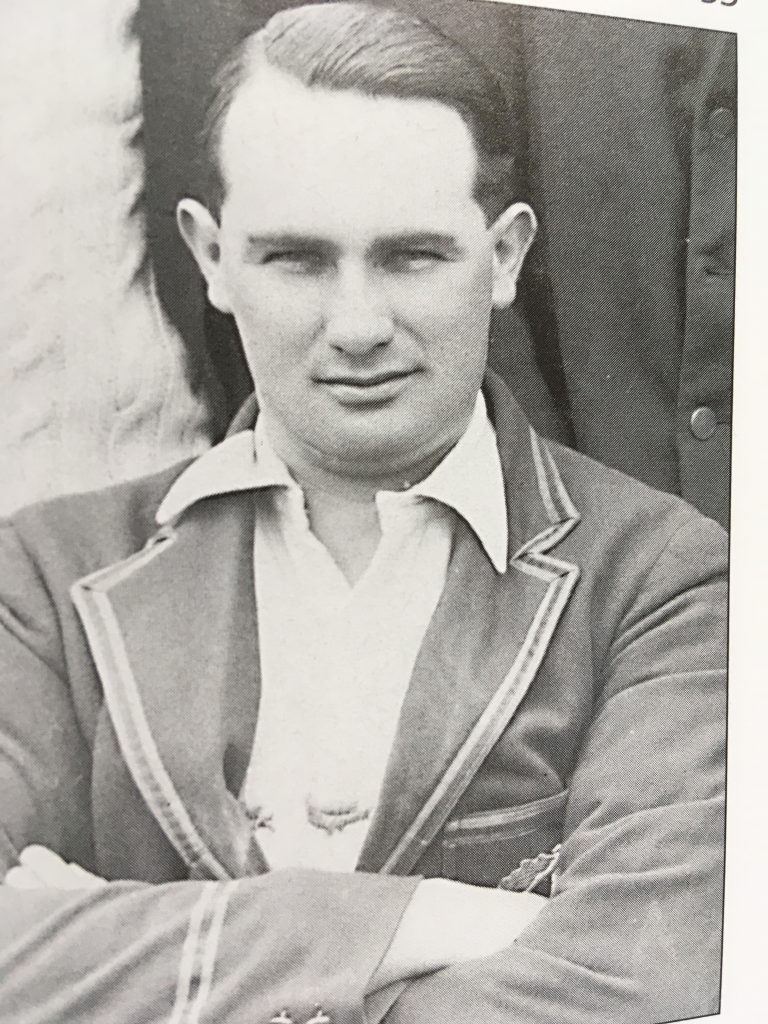
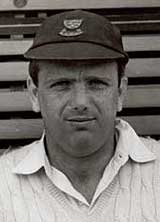
Robin Marlar at the helm
1955 saw Sussex get thirteen victories which took them to fourth place. Six players secured over 1,000 runs and in his first full season as captain, Robin Marlar took 129 wickets. It was during the Worcester match at Dudley that Marlar bowled unchanged at one end for five hours 23 minutes, taking six for 111.
The first five batsmen in the Sussex averages for 1956 were all chosen to play for England and one of those players, Ken Suttle, occupied top place in the bowling averages with his 24 wickets costing just 16.75 a wicket.
A new team emerging
Sussex finished in ninth place in 1957, but there was a sense of hope about the future as Robin Marlar, now captain, was beginning to build a new team as the Langridges, George Cox, jun and Jim Wood, who had been the backbone of the side for so long, left. The remaining players now had to assume more responsibility.
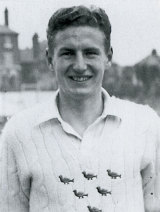
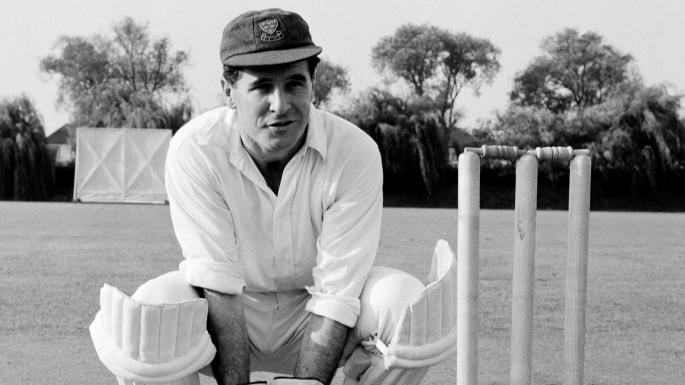
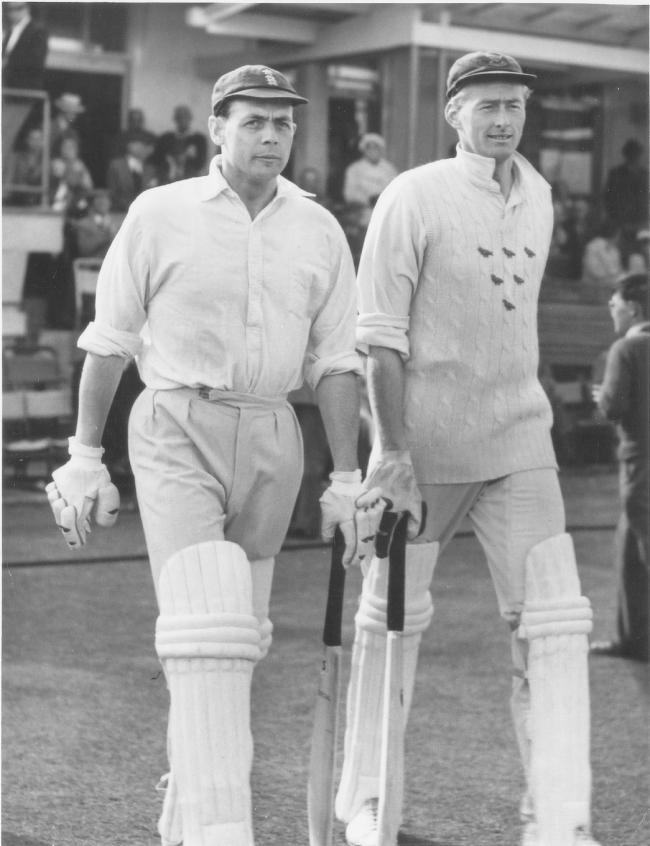
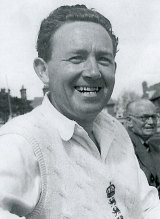
Don Smith met the challenge
Don Smith met the challenge. In his 13th year with Sussex , he won an England cap and then two more against the West Indies. Not necessarily a big hitter but one who through sustained aggression could demolish any bowling attack as when in the game against Gloucester with Sussex needing 277 runs in 195 minutes, Smith transformed the game hitting nine sixes and 11 fours. Sussex won by seven wickets with just eight minutes of the game left. Smith had scored 166 in just 135 minutes.
New players but the same story
This game also heralded the arrival of Les Lenham, who had partnerships of 72 and 163 with Smith. Another player who won his cap was Don Bates, a 24 year old fast bowler from Hove. Ted Dexter also arrived on the scene playing three innings for Sussex. Jim Parks, who had had health and injury issues the previous season forcing him to leave the England side, had a good season, and was again back in the England reckoning. Parks scored 2,004 runs, including three centuries, and he finished second behind Don Smith in the county batting averages.
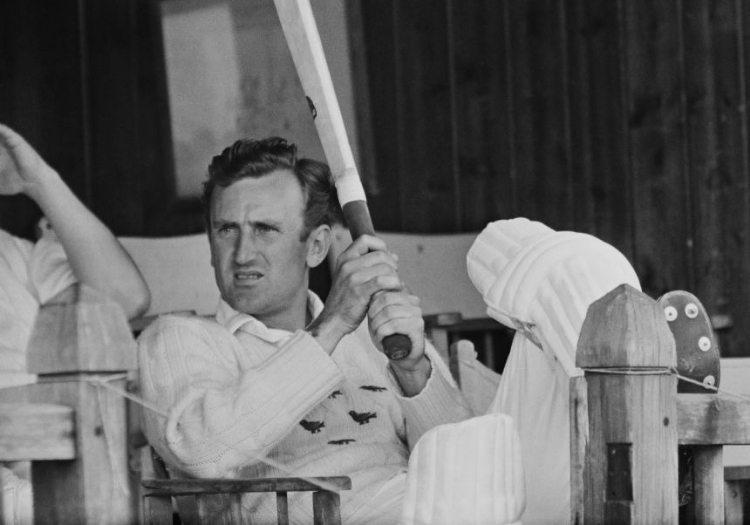
Despite the successes of 1957, Sussex slipped back again the following year finishing in 13th place in the Championship. Only three players bettered 1,000 runs – Suttle, Parks and Oakman. Dexter was still at Cambridge and played just six innings. Smith missed 1,000 runs by just two and by his own high standards had a poor season. Of the bowlers, Ian Thomson was very much the pick of the bunch, taking 123 wickets at 15.91 each. Of his 897 overs 289 were maidens. He proved he could also bat as when in the game against Somerset at Taunton, he scored 60 in 40 minutes and just failed to take Sussex to victory. Robin Marlar was next best bowler, with 67 wickets. The team seemed to be a blend of young promise and tried talent but at one time in the season they were bottom of the table. Only a late surge saw them climb a little up the table.
Attractive but inconsistent cricket
The decade since the war had seen Sussex rise from the bottom of the Championship almost to the top and then settle in mid-table. Brilliant players like David Sheppard, Alan Oakman, Don Smith, Jim Parks jun had provided plenty of entertainment and attractive cricket but a lack of consistency had meant the top prize had continually eluded them and seemed as far away as ever.